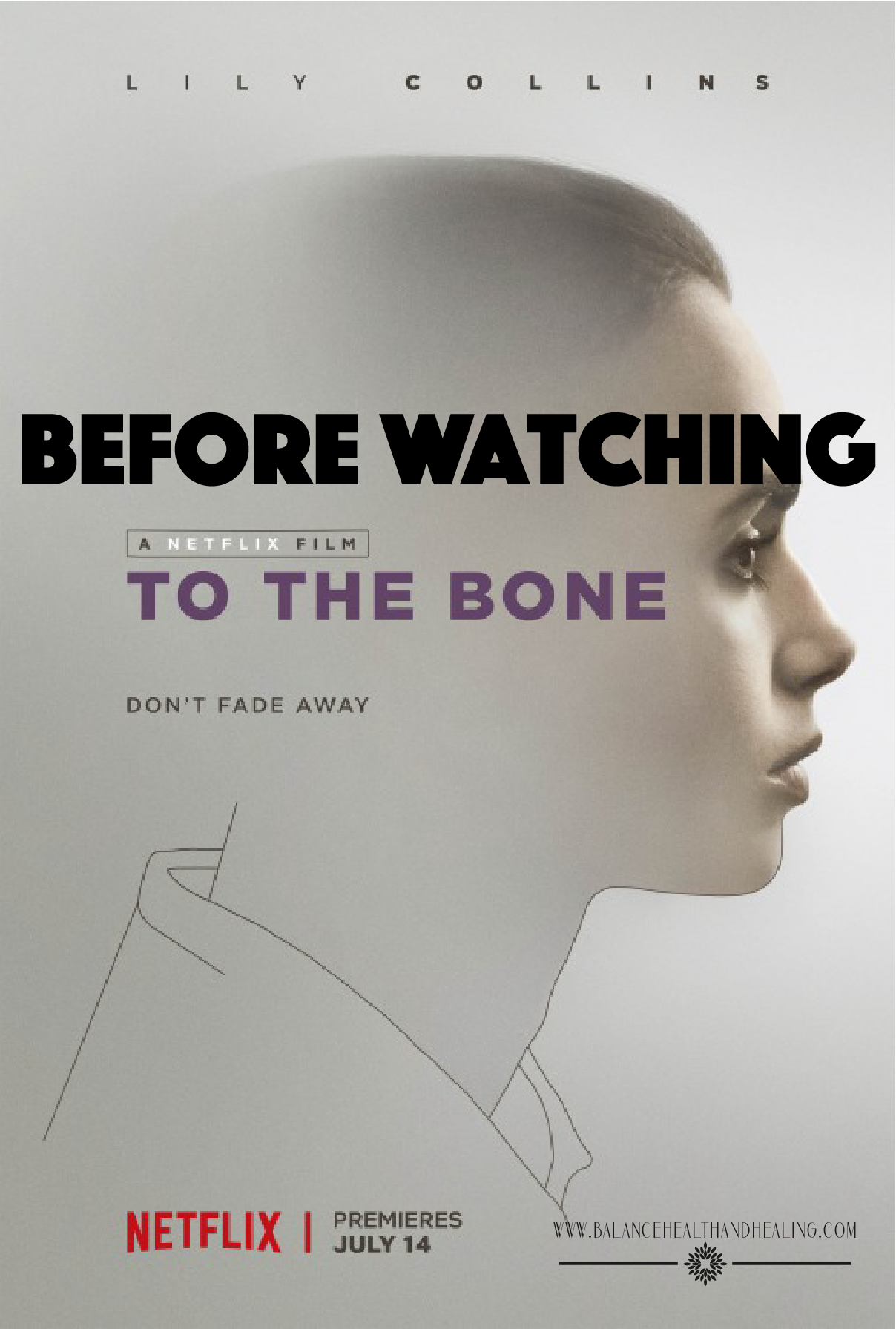We live in a voyeuristic world where reality television is the norm. We sit on our couches and watch real people’s lives fall apart as they are confronted by worried loved ones during interventions filmed by camera crews. We follow individuals as they move through addictions treatment, and we weigh in with contestants as they try to win money for starving themselves.
It’s a crazy world we live in—one where we seek entertainment from the sorrows of others. That view is decidedly cynical and I get that it’s not the only view. For many of us, we are intrigued by the ways other people live. We watch the lives of others to make sense of our own lives. We may wonder what therapy and treatment are like and so we follow people through their 12-step programs on television.
Certainly, there may be some value in this type of programming. For instance, we may recognize ourselves in the stories of others. We might come to empathize with others in ways we couldn’t previously. Viewing these programs may even help motivate change in our own lives.
But there are also a lot of downsides to this type of programming. First, we are using the significant mental and physical health concerns of others for entertainment value. Serious concerns may be taken too lightly when the primary goal is entertainment. There is a danger of objectifying the individuals we are watching and failing to see them as real people. Some of what is portrayed in this type of programming is downright wrong and even dangerous, leading to significant misconceptions of mental health concerns, treatment, and appropriate professional conduct.
To The Bone
To the Bone is a film recently released to wide audiences portraying the experience of a young woman with anorexia. The trailer stirred a lot of controversy about the emaciated star, the portrayal of eating disorders, and the potential to trigger vulnerable viewers. I have not yet watched the film, but I’ve heard a lot about it. Clients are complaining about what the lead actress must have gone through in order to portray the anorexic patient. Family members are sending me articles about the movie, asking me to weigh in (pun intended). And my professional listservs are blowing up with plenty of righteous indignation, some brave defenders of the film, and a lot of concerned clinicians.
I’m sure all of their points are valid. I certainly appreciate the concerns of eating disorder professionals who are on the front lines helping their clients overcome triggering messages every day. They are concerned about eating disorders being glamourized by this film. They are worried that some vulnerable viewers may pick up some tools of the eating disorder trade. They may feel that treatment is unrealistically portrayed in the film and that parents are being unfairly blamed.
I’ve included a link to a recent post by Dr. Lauren Muhleim, PsyD, FAED, CEDS, as I found it a wise and reasoned perspective on the film. If you’re considering watching the film, read Dr. Muhleim’s post first.
Raising Awareness
Any film portraying eating disorders will fail to capture the full breadth and depth of these deadly illnesses. It’s just not possible in a two-hour film. And yet, films can be an important vehicle for raising awareness and beginning conversations that challenge the many misconceptions surrounding eating disorders.
I’m sure the film is not perfect (how could it be?) and there will likely be aspects of the film that leave me shouting at the screen, but I welcome the fact that because of this film people are talking about eating disorders. People are asking questions and starting conversations. And hopefully those who need help are making their way to competent clinicians who can indeed help them.
I also trust that the film’s director is sincere in her desire to tell an honest story about eating disorders. I appreciate her efforts and hope that the film is a vehicle for hope and recovery rather than suffering.
Below is a video to 9 Truths about Eating Disorders as shared by the cast.
Here’s a link to the Academy for Eating Disorders (AED) publication about the 9 Truths about Eating Disorders, which was developed based on significant research and clinical expertise.
Seek Reputable Information and Help
If you decide to watch the film or are troubled by what you see, seek out reputable information about eating disorders. Learn about the 9 Truths, go to the National Eating Disorder Awareness website for the latest research, warning signs, support for loved ones, and treatment options, or check out our website, for resources and treatment options.
9 Truths About Eating Disorders
Truth #1: Many people with eating disorders look healthy, yet may be extremely ill.
Truth #2: Families are not to blame, and can be the patients’ and providers’ best allies in treatment.
Truth #3: An eating disorder diagnosis is a health crisis that disrupts personal and family functioning.
Truth #4: Eating disorders are not choices, but serious biologically influenced illnesses.
Truth #5: Eating disorders affect people of all genders, ages, races, ethnicities, body shapes and weights, sexual orientations, and socioeconomic statuses.
Truth #6: Eating disorders carry an increased risk for both suicide and medical complications.
Truth #7: Genes and environment play important roles in the development of eating disorders.
Truth #8: Genes alone do not predict who will develop eating disorders.
Truth #9: Full recovery from an eating disorder is possible. Early detection and intervention are important.
Produced in collaboration with Dr. Cynthia Bulik, PhD, FAED, who serves as distinguished Professor of Eating Disorders in the School of Medicine at the University of North Carolina at Chapel Hill and Professor of Medical Epidemiology and Biostatistics at the Karolinska Institutet in Stockholm, Sweden. “Nine Truths” is based on Dr. Bulik’s 2014 “9 Eating Disorders Myths Busted” talk at the National Institute of Mental Health Alliance for Research Progress meeting.

